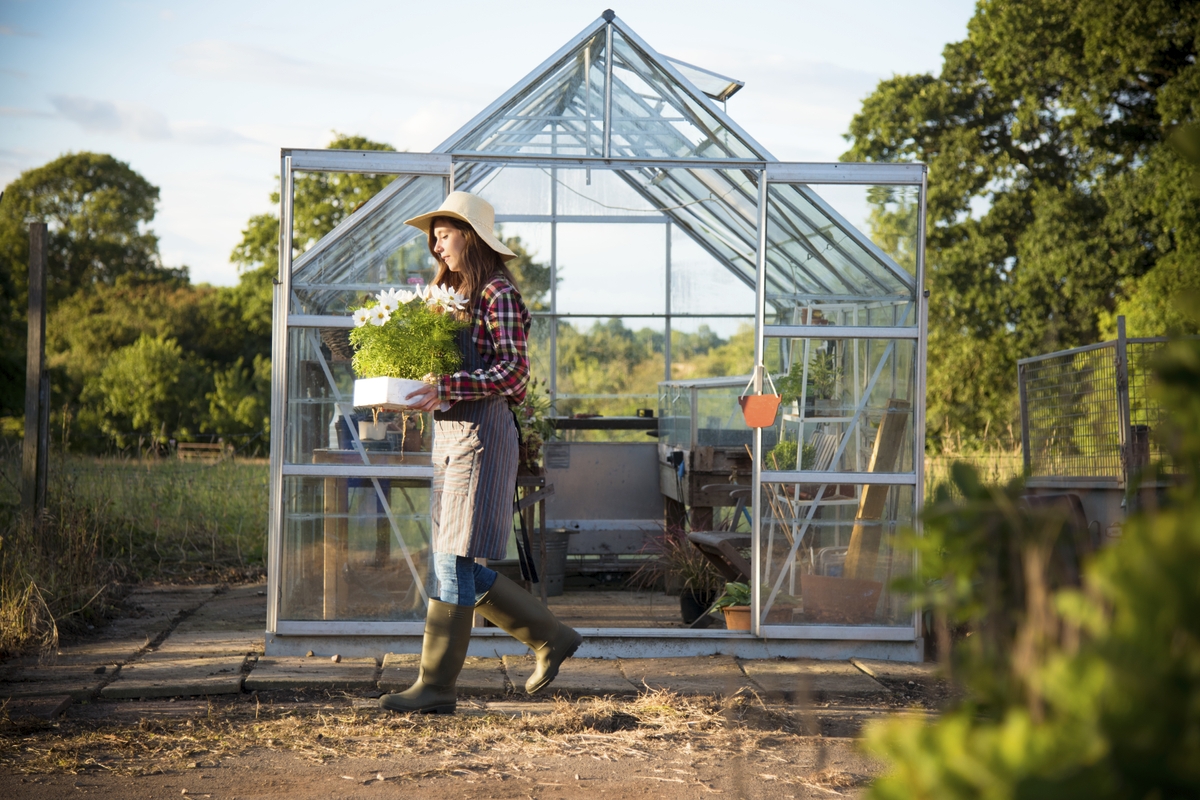
Gardening Remedies Top 10 Problems
Gardening is a labor of love, a creative endeavor that allows us to nurture life, connect with the Earth, and reap the rewards of our dedication. Yet, every gardener knows that this journey isn’t always a smooth, sun-dappled path. Instead, it often leads us through a labyrinth of challenges, where weeds, pests, and unpredictable weather can threaten the beauty and vitality of our cherished green sanctuaries.
In this comprehensive blog post, we embark on a journey through the verdant world of gardening, arming ourselves with the knowledge and remedies needed to overcome the top 10 common garden problems. Whether you’re a seasoned horticulturalist or just beginning to cultivate your green thumb, this guide is here to illuminate the path towards a thriving garden.
Gardening, they say, is the art of patience, persistence, and problem-solving. Each bloom and bud in your garden carry a story of resilience and care, and within these stories lie the solutions to the challenges that nature presents. As we delve deeper into the heart of this blog post, we’ll explore the most prevalent issues gardeners face and unveil the remedies that will empower you to maintain a flourishing, vibrant garden.
From the relentless siege of weeds to the intricate dance of pollinators, from the vital role of soil quality to the art of drought-proofing, our journey through the garden will uncover the secrets to success. By the time you reach the conclusion, you’ll be armed with a wealth of knowledge, a gardener’s wisdom, and a newfound appreciation for the marvels of the natural world.
So, let’s don our gardening gloves, pick up our trowels, and embark on a quest to conquer the challenges that threaten our garden’s serenity. Together, we’ll uncover the garden remedies that will help you not only weather the storms but also bask in the sunshine of a flourishing and vibrant garden. Welcome to a world of green possibilities, where your garden can thrive against all odds.

1.Weeds
Manual Removal: When dealing with weeds, it’s essential to get to the root of the problem. Use a garden fork or weeding tool to ensure you remove the entire root system. This prevents regrowth. Be diligent about weeding regularly to keep the problem under control.
Mulch: Applying a 2–3-inch layer of organic mulch like wood chips, straw, or leaves around your plants not only helps to smother weeds by blocking sunlight but also helps to retain soil moisture and regulate temperature. Replenish the mulch as needed to maintain its effectiveness.
Herbicides: While chemical herbicides are an option, many gardeners prefer organic alternatives. Products containing acetic acid (vinegar-based), citric acid, or clove oil can be effective against weeds. Ensure you apply them carefully, as they can harm desirable plants too.
2.Pests
Companion Planting: Some plants naturally repel common garden pests. For example, marigolds can deter nematodes, while basil can help keep aphids away. Research companion plants that suit your garden and plant them strategically.
Beneficial Insects: Attract beneficial insects like ladybugs, lacewings, and parasitic wasps, which prey on common garden pests. Planting nectar-rich flowers, like dill and fennel, can draw these helpful insects to your garden.
Neem Oil: Neem oil is an organic pesticide that can control a variety of pests while being safe for humans and pets. Dilute it according to the instructions on the product label and apply it to your plants.
3.Fungal Diseases
Pruning: Proper pruning can improve air circulation in your garden, which reduces the humidity that fosters fungal diseases. Remove diseased plant parts and ensure healthy spacing between plants.
Fungicides: Organic fungicides like sulfur and copper-based sprays are effective against fungal diseases. Apply them preventatively in wet conditions or at the first sign of trouble. Be cautious with application to prevent overuse.
Proper Watering: Watering your garden in the morning allows plants to dry off during the day, minimizing the time for fungal spores to thrive in moisture.
4.Soil Quality
Compost: Regularly amend your soil with compost to improve its fertility and structure. Compost adds vital organic matter, enhancing the soil’s ability to retain moisture and nutrients.
Soil Testing: Take soil samples to a local extension office or use a home testing kit to understand your soil’s pH and nutrient levels. Adjust as necessary by adding lime to raise pH or sulfur to lower it. Organic matter, like compost, can help improve soil structure and nutrient content.
Raised Beds: For gardeners dealing with poor or contaminated soil, raised beds filled with high-quality soil mix are an effective solution. They allow for better control of soil quality and prevent contamination from the ground.
5.Drought Stress
Mulch: Mulch helps to conserve soil moisture by reducing evaporation. Ensure that the mulch layer is thick enough to be effective but not piled against plant stems, which can encourage rot.
Drip Irrigation: Drip irrigation delivers water directly to plant roots, minimizing water waste. It’s a cost-effective and water-efficient method that can be set on timers for automatic watering.
Drought-Resistant Plants: Select plants that are adapted to your local climate, as they are better equipped to withstand dry spells. Succulents and native plants are often excellent choices for water conservation.

6.Overcrowding
Thinning: To tackle overcrowding, selectively remove excess plants, ensuring enough space for each one to thrive. This may be tough, but it’s essential for the long-term health of your garden.
Proper Spacing: When planting new additions to your garden, follow spacing recommendations on plant labels or in gardening guides. These guidelines are designed to prevent overcrowding.
7.Soil Erosion
Mulch or Ground Cover: Applying a thick layer of mulch or planting ground cover can help stabilize the soil and prevent erosion. Ground covers like creeping thyme or sedum work well in sunny areas.
Terracing: In gardens on slopes, consider terracing or building retaining walls to slow down soil movement and create level planting areas.
Plant Trees and Shrubs: Planting deep-rooted trees and shrubs can help anchor the soil and prevent erosion. Their extensive root systems hold the soil in place.
8.Lack of Pollinators
Plant Pollinator-Friendly Flowers: Attract pollinators like bees, butterflies, and hummingbirds by planting a variety of nectar-rich flowers. Examples include bee balm, coneflowers, and lavender.
Bee Houses: Installing bee houses can provide shelter for solitary bees. They are excellent pollinators and help increase fruit and vegetable yields.
Avoid Pesticides: Minimize or eliminate the use of chemical pesticides in your garden, as they can harm pollinators. Select organic pest control methods instead.
9.Nutrient Deficiencies
Fertilizing: When applying fertilizers, it’s crucial to use the right type and amount. Use a balanced fertilizer with the appropriate N-P-K (nitrogen, phosphorus, and potassium) ratio for your plants.
Soil Amendments: Regularly add organic matter like compost and well-rotted manure to your soil. This enhances nutrient content and improves soil structure over time.
Foliar Feeding: Spray a diluted nutrient solution directly on your plant’s leaves. This method provides a quick nutrient boost and can be useful for addressing nutrient deficiencies.
10.Invasive Plants
Identify Invasive Species: Familiarize yourself with invasive plants common in your region. Be vigilant about identifying them in your garden and remove them promptly to prevent their spread.
Native Plant Restoration: Introduce native plants to your garden. These plants can often outcompete invasive species due to their adaptation to the local environment.
Mulching and Weeding: Regular maintenance is essential. Mulching can help prevent invasive plants from establishing themselves, and routine weeding keeps them in check.
By implementing these remedies and techniques for common garden problems, you’ll be well on your way to maintaining a lush, flourishing garden year after year. Remember that gardening is an ongoing learning experience, and trial and error may be necessary to discover the best solutions for your specific garden and location. Happy gardening!

